Benjamin Dutreux: Now we can be free agents in The Ocean Race
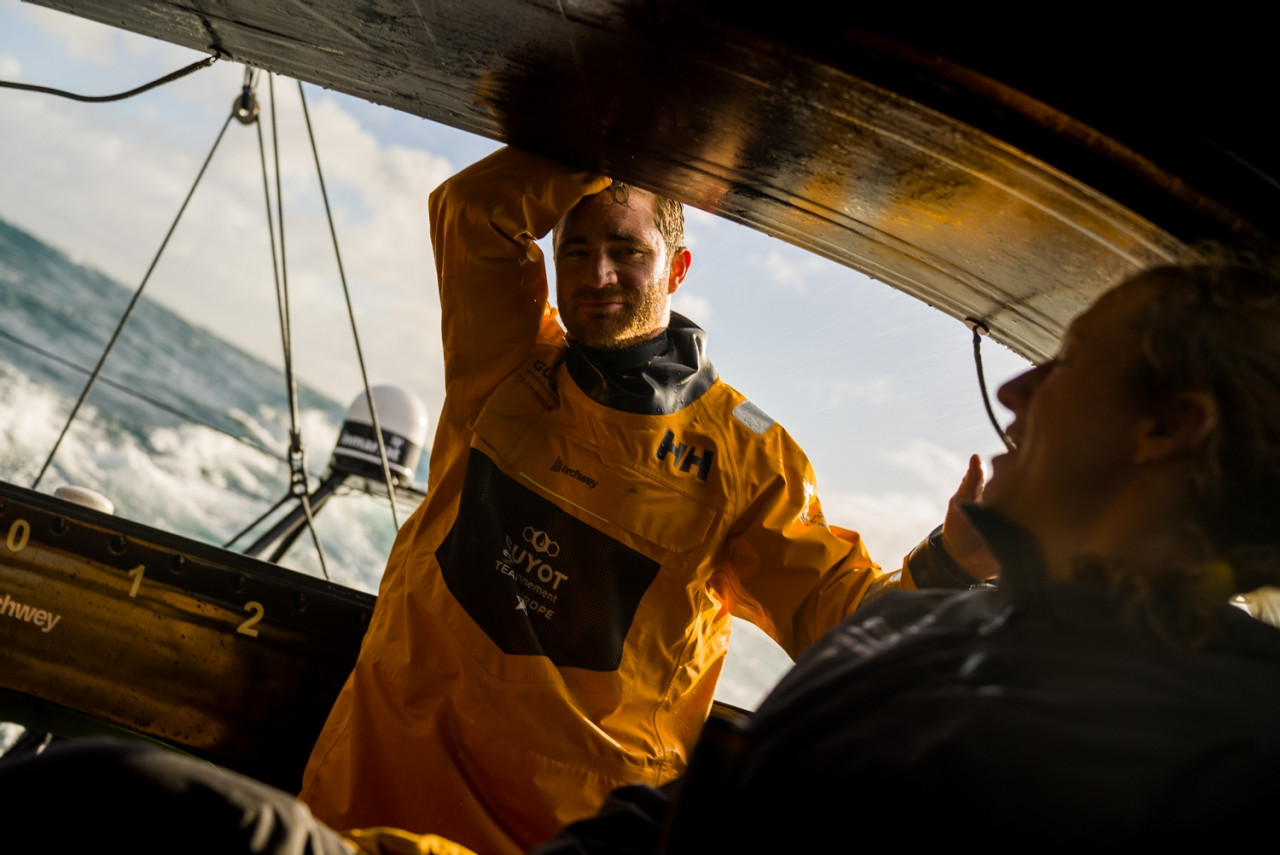
When you take on the responsibility of leading a fully-crewed team in The Ocean Race, you have to be prepared to deal with whatever fate throws at you, and IMOCA star Benjamin Dutreux knows that better than anyone now.
Faced with the heartbraking reality that his 2015-vintage VPLP Verdier-designed foiler – formerly Hugo Boss – had delaminated in a section of hull under the cabin, Dutreux and his team on Guyot Environnement - Team Europe, could have given up.
But they have done the exact opposite. After an excellent start to Leg 3 of the race – the marathon from Cape Town to Itajaí in Brazil, that saw Guyot Environnement - Team Europe en running in second place behind early leader Holcim-PRB – the crew had to turn round and sail 600 miles northwest back to Cape Town.
It was a time when heads could have gone down and spirits crashed and there is now doubt that, to start with, the mood was bleak. But Dutreux decided almost immediately that he was going to set a positive vibe for his team and lead them in their fight to get the boat repaired in South Africa and then delivered to Brazil so that it can continue in the race.
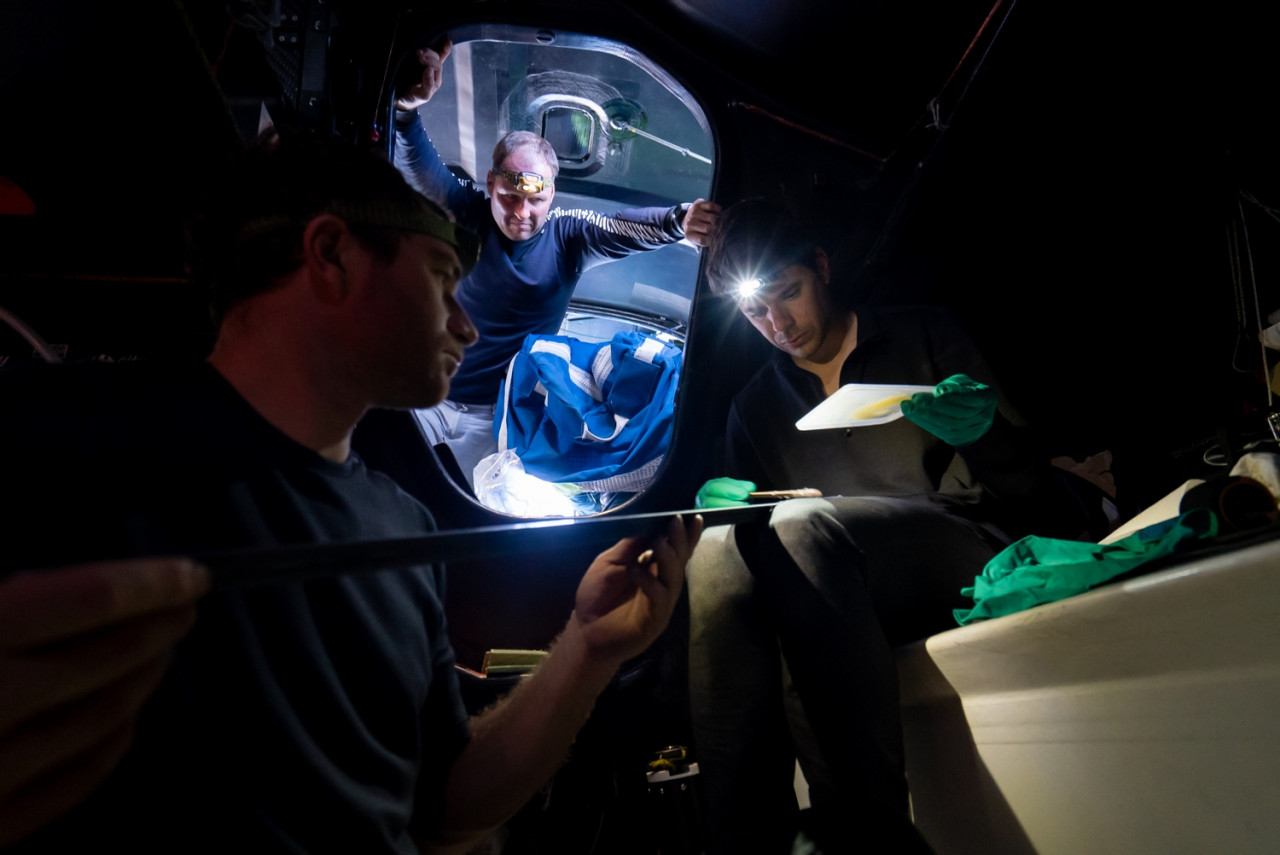 © Charles Drapeau / Guyot environnement - Team Europe
© Charles Drapeau / Guyot environnement - Team Europe
“It took us almost four days to get back to Cape Town, so it was tough,” the 32-year-old Guyot Environnement - Team Europe skipper told the Class this week. “We all expected a lot from this leg, so frustration was quite high. But when we arrived in Cape Town, my goal was to be 100% right away and not to pass on that frustration to the team, even though there was a lot of it. We wanted to transmit a positive energy.”
The sailor who announced his presence as a serious contender in the IMOCA division with his ninth place finish on debut in the last Vendée Globe, and who then went on to win the inaugural Ocean Race Europe, says setting the right tone was critical to getting the boat mended and ready for the trip across the Atlantic in good time.
“It wasn’t easy because, inside, we were all very disappointed, me most,” he explained. “It tried to find the strength to transmit to the team the will to continue, and to prove to them that we still had a lot to live for in this adventure. The damage to the boat, I said, was part of the adventure and we had to succeed in looking ahead.”
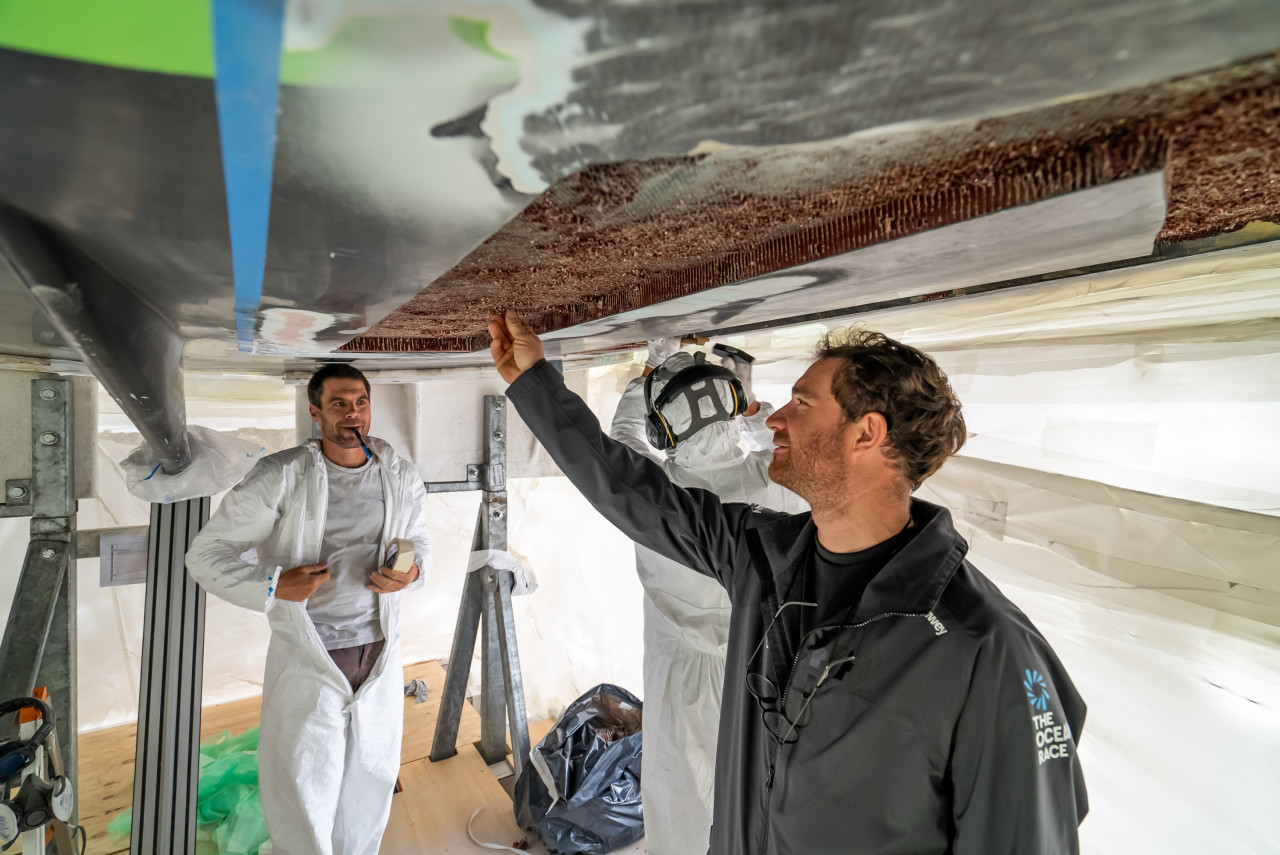
A critical moment came when the sailing and shore team gathered on the dockside in Cape Town, ready to haul the boat out of the water, and found that Florent Vilboux, a member of the shore crew from Kevin Escoffier’s Holcim-PRB team, was there, ready to lend a hand. It was a marvellous gesture by one team in the Class coming to the aid of another in a crisis.
“We found a guy there we didn’t know in Florent and the whole team was there in a good mood,” remembers Dutreux. “It gave me a boost. I wanted to represent that even more, to show that nothing is finished, that we have to give everything to arrive at the same time as the others in Itajai to finish the race.”
Dutreux is generous in his acknowledgment of the role others played in helping to galvanise the team. He mentions the British sailor and two-time Volvo Ocean Race veteran Annie Lush, who was gutted to see their race in Leg 3 come to an abrupt end after less than three days, but was quick to see the upside. “Annie was instrumental in talking about her experience in The Ocean Race and what can still happen in this race and all the battles to come,” said Dutreux.
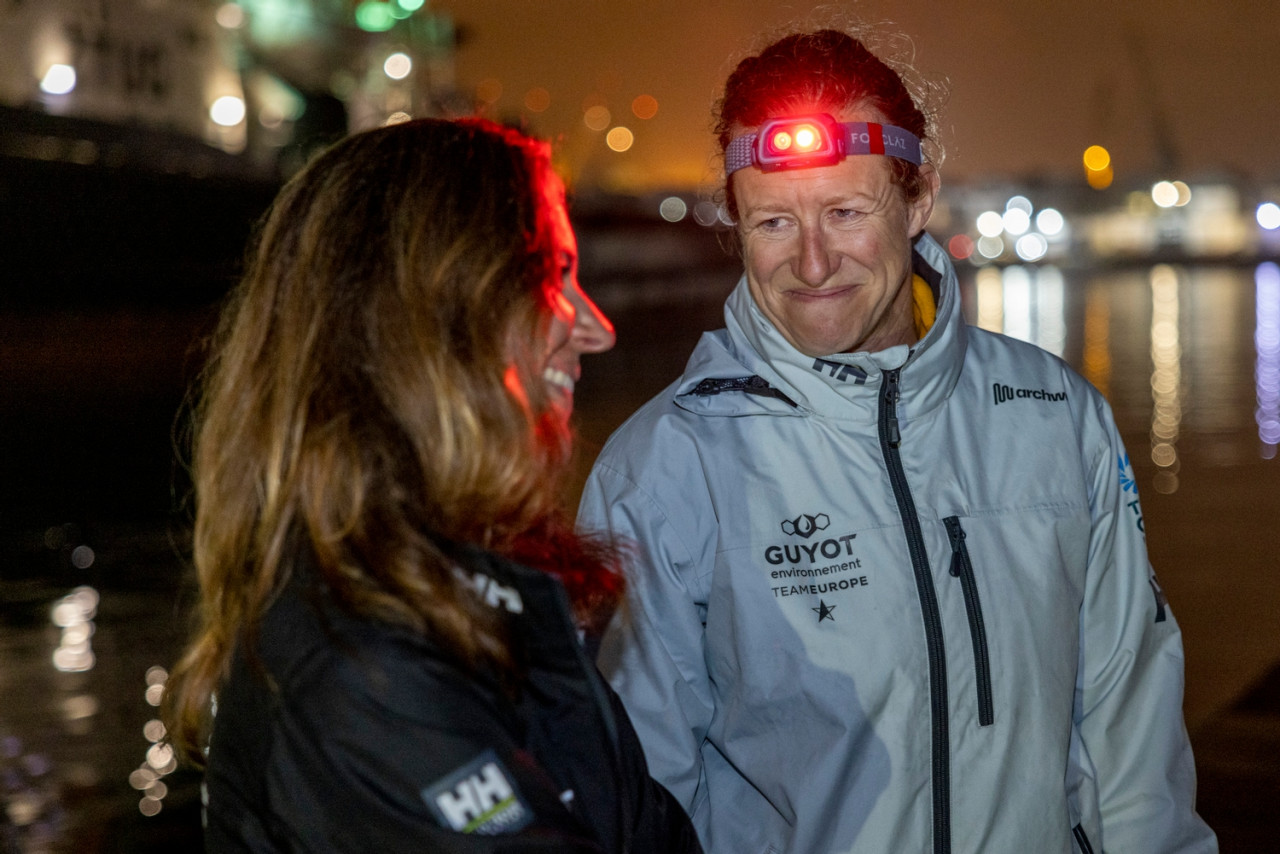
And co-skipper Robert Stanjek of Germany, an Olympian in the Star class, was also a force of positivity after experiencing a structural failure in a boat offshore for the first time. “Robert was able to motivate everyone by explaining what happens in Olympic sailing, all the disappointment that comes down to the wire, and that you always have to keep fighting. That’s how we managed to stick together.”
The gameplan now is to make the very best of what is left in this marathon race with, as Dutreux points out, around 60% of the points still available from Brazil onwards. The delivery crew – Sébastien Simon, Phillip Kasüske, Jimmy Le Baut, Clovis Gautier and OBR Charles Drapeau – are approaching halfway on their journey around the northern fringes of the St Helena High to Itajai. Once they get there, Dutreux will be ready to start a programme of sailing leading up to the start of Leg 4 on April 23rd.
“Stage 3 was very important to me, but now we are a free agent and we’re going to live the next few legs 100%, and we’re still thirsty to learn from the boat and the crew,” said Dutreux. “There was already little frustration with the ranking (that places Guyot in fifth and last place) – but now there will be none at all.”
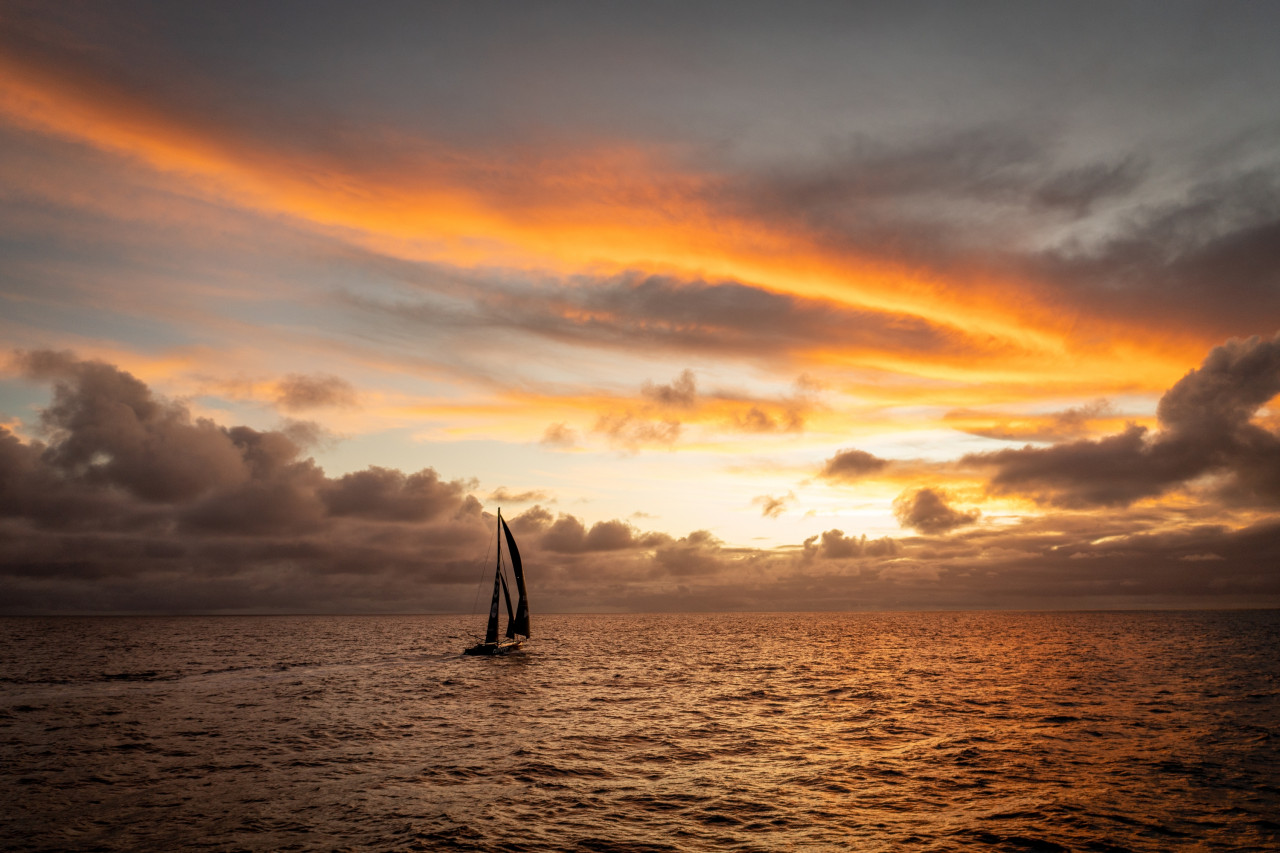
There will also be the chance to use the opportunity in Brazil to improve the boat. “As we’re not going to take the boat out of the water in Itajaí, we’re going to take advantage of it to make some changes to the details to try and go faster – ergonomics, ropes, sails – it’s an opportunity to sort things out,” said Dutreux.
While back home in France the Guyot environnement - Team Europe skipper has not been idle and has made a special effort to brief his sponsors and partners in person about what happened in the Southern Ocean, and what his team has done to overcome the problems they faced. He knows that this face-to-face contact is vital.
“Our objective is help them understand what happened and what we experienced with the team, because it is difficult for them to understand from a distance. We thought it was important to go and see them in person, to show them a video about the whole challenge and set out our strategic decisions for the future,” said Dutreux.
Ed Gorman
Teams info
THE LIST OF 40 SKIPPERS UNVEILED
The 2020 edition of the Vendée Globe has generated unprecedented interest. As a result, the organisers decided to increase the number of places at the start to 40 for the 2024 edition. 44 skippers applied for this 10th e…
•••Charlie Dalin: The podium in IMOCA is much harder to reach now
Charlie Dalin has particularly enjoyed his convincing win in the New York Vendée-Les Sables d’Olonne race. And that’s partly because he knows that even getting on the podium in the IMOCA Class is becoming more difficult.
•••